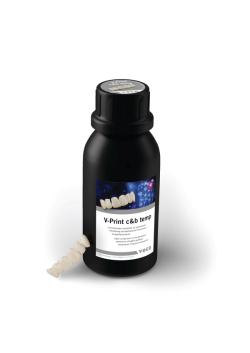- About Us
- Advertise
- Editorial
- Contact Us
- Terms and Conditions
- Privacy Policy
- Do Not Sell My Personal Information
© 2025 MJH Life Sciences™ and Dental Products Report. All rights reserved.
American Dental Association Gives Clinical Recommendation for Tooth Decay Removal
New guideline from the American Dental Association emphasizes and demonstrates the importance of conservative carious tissue removal.
The American Dental Association (ADA) has released a brand new guideline for the removal of tooth decay. Developed by a panel of dental professionals, this guide will empower clinicians to treat tooth decay through conservative carious tissue removal (CTR). Through CTR, the clinician removes infected tissue while maintaining the tooth’s original structure, per a press release from the ADA.
The new guideline identifies the importance of removing decayed tissue prior to sealing the tooth as well as identifying which restorative materials work best for a variety of cases. The guideline, which will be published in The Journal of the American Dental Association (JADA), provides 16 recommendations for tooth decay removal through this method. Vineet Dhar, BDS, MDS, PhD, is the lead author of the guideline. Dr Dhar says that this guideline serves as further affirmation on restorative dentistry’s main goals.
“While research had already confirmed that selectively removing decayed tissue is an effective approach to treating early tooth decay, dentists needed an evidence-based guideline to provide them with a range of treatment choices for patients with moderate to advanced tooth decay,” Dr Dhar says in the press release. “These recommendations can now inform restorative care strategies in the United States and on a global level.”
This guideline was developed in the ADA Science and Research Institute by the ADA Council on Scientific Affairs and the Clinical and Translation Research team. It will be published in the July issue of JADA.



